
You walk down your usual grocery aisle, only to find gaps where your go-tos once stood. No disaster alerts or warnings: just a quiet absence this June.
What exactly is disappearing, and why now? While it’s easy to dismiss as a seasonal blip, the scale feels different.
With global supply tensions, breakdown in import pipelines, and tariff fallout bubbling below the surface, this could be more than temporary.
Over the following dozen slides, we’ll identify 15 everyday items slipping off shelves, and what to know before that little shortage becomes a real inconvenience. Let’s unravel the build‑up.
Port Backups = Empty Shelves
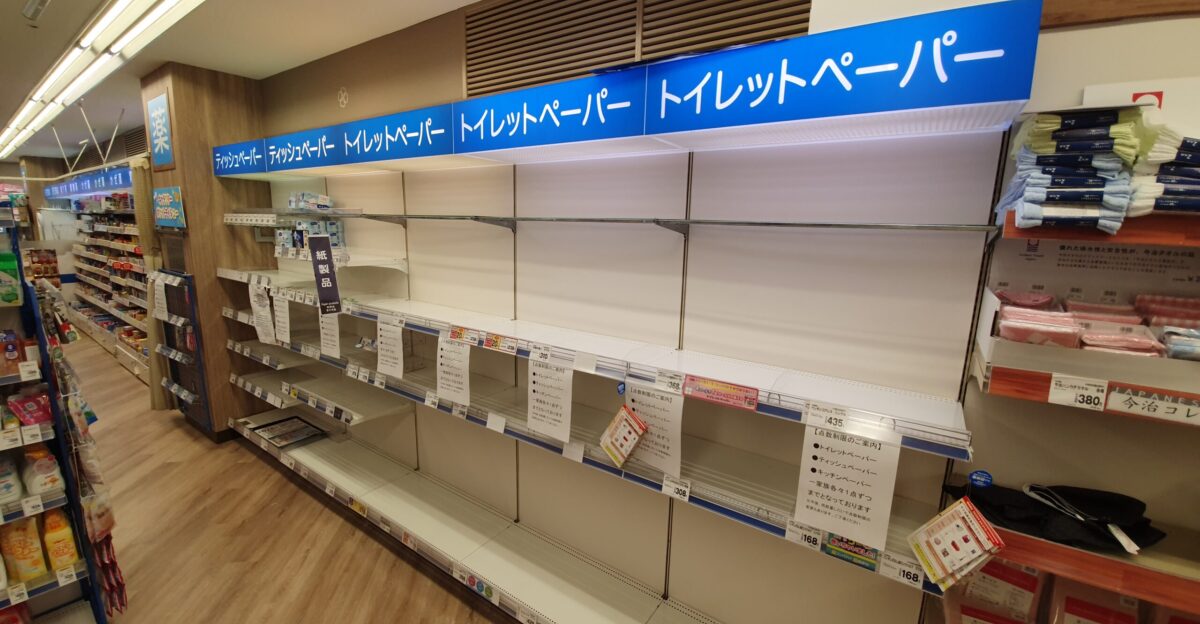
Due to shifting trade policies and slower customs processing, manufacturers report backup at major ports.
That ripple is pushing delays upstream, so some imported staples like olive oil, rice, and canned vegetables are arriving late.
It’s not that these products don’t exist, just that pipelines aren’t keeping pace. If workers and warehouses are suddenly caught short, your favourite jar or tin disappears, not because demand spiked, but because shipments did.
No Panic, Just Slow Supply
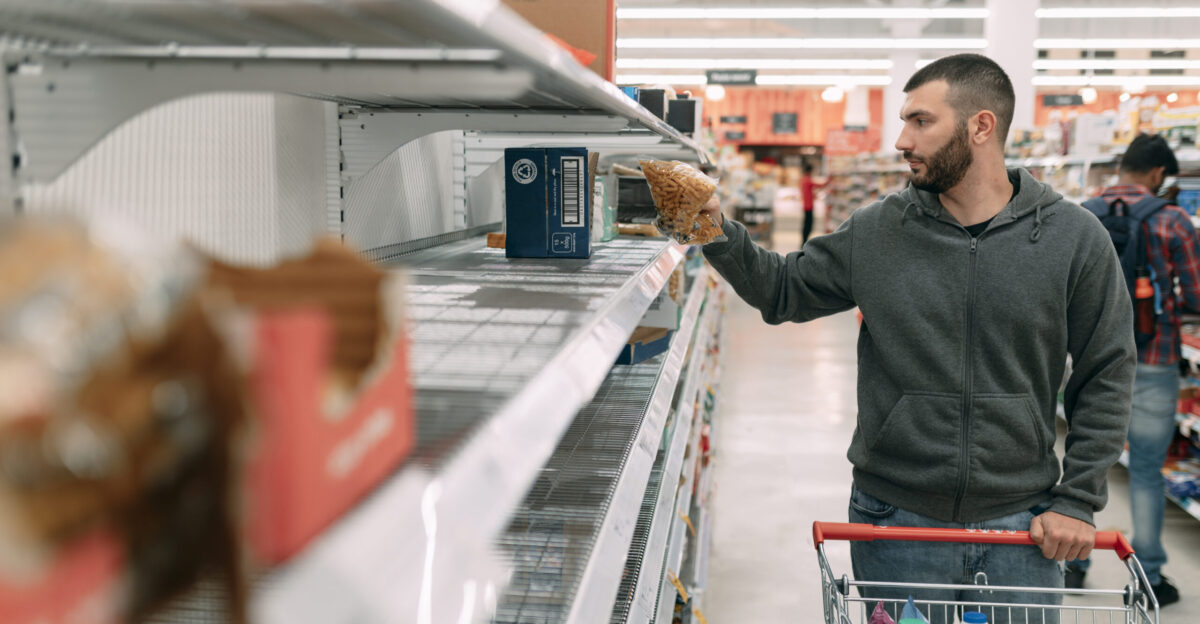
It’s not panic buying. Experts confirm stocks are low because resupply slowed down. YouTube warnings about disappearing items back this claim with supply‑chain data and import logs showing fewer containers arriving at ports.
Retailers even admit they received no new orders from some suppliers after April. That timeframe aligns with shifting tariff thresholds, so inventories aren’t being replenished as they should.
Seafood Stocks Dwindling
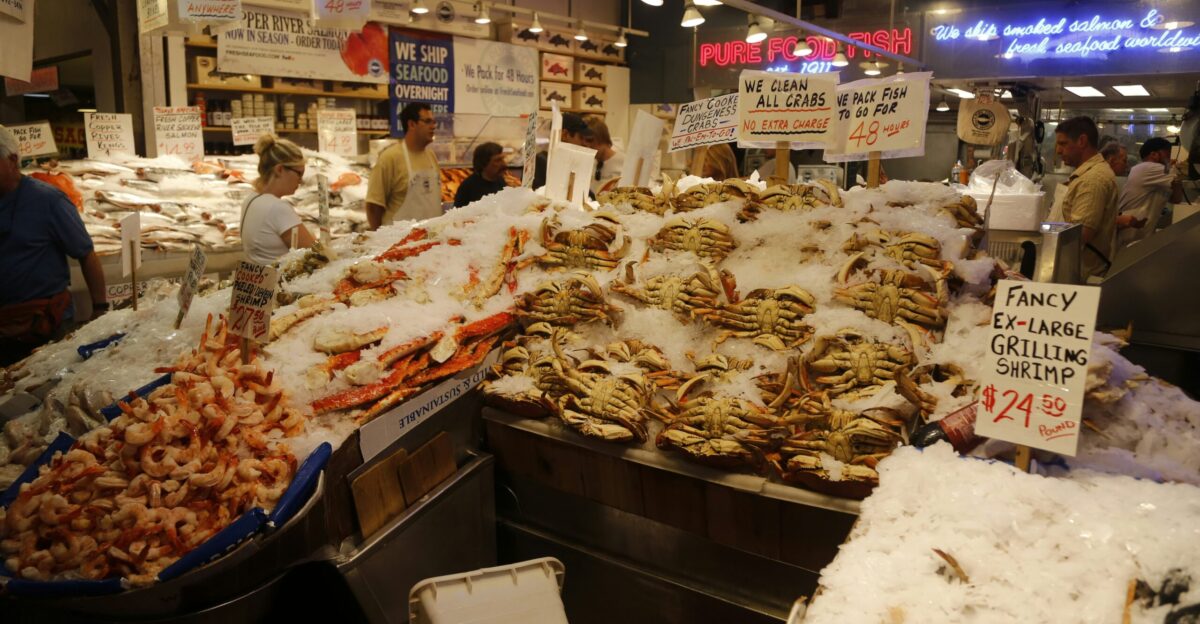
One standout: canned tuna and seafood. With 70–85% of US seafood coming from abroad, delayed shipments hit those aisles fast.
Consumers may not notice a shortage immediately, but jars and pouches are disappearing as imports slow. No big banners, just fewer options, leaving shoppers picking between the last two available brands.
Coffee Delays Brewing

Coffee is next. The US can’t grow extensively domestically, so it relies on Central and South America. Forecasts show lower container availability and import hold‑ups, leading to tighter supply and empty shelves. Showing up in price tags may take weeks, but shop‑to‑shelf gaps may appear sooner.
Rice Varieties in Danger
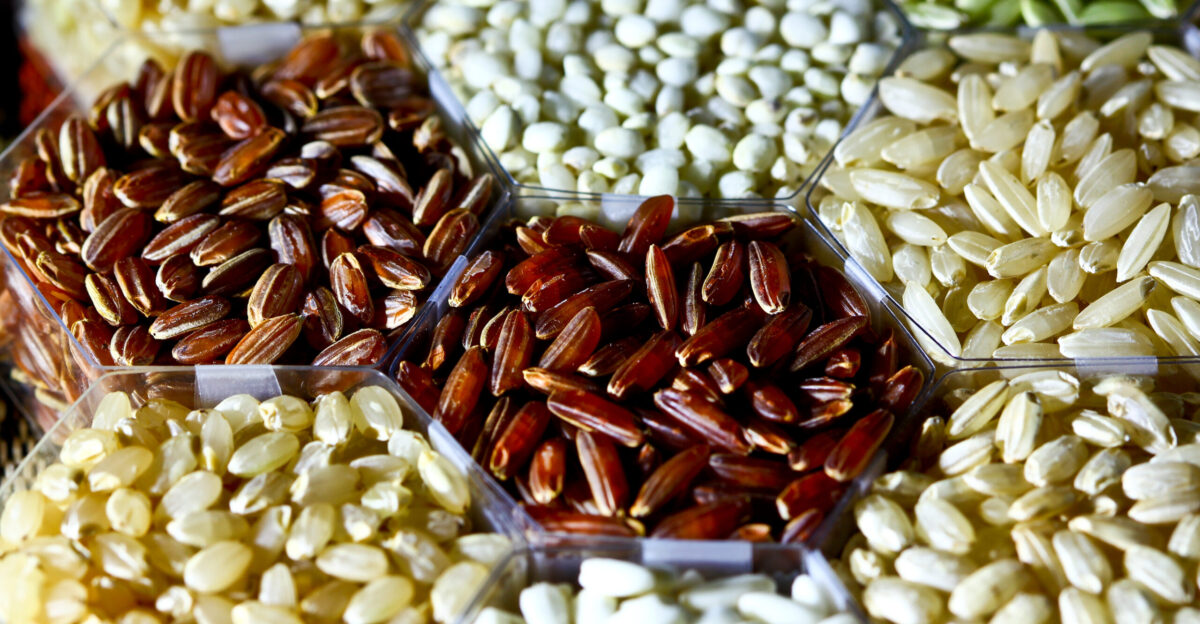
Rice and grains imported from Asia and Southeast Asia are at risk. Tariff adjustments and port delays slow restocking.
Brown rice and specific specialty rices are especially under pressure. While bulk staples like white rice might stand, niche varieties could vanish first.
Olive Oil Stuck Abroad

Olive oil: Italy and Spain shipments are stuck in customs. With limited local production, brands relying on European suppliers report near‑empty storerooms. Even mid‑shelf private‑label bottles may disappear next, as backup filters down from large distributors.
Tea & Chocolate Slow to Arrive

Tea, chocolate, and cocoa products follow. Cocoa beans and tea leaves, sourced abroad, face longer shipping timelines.
Inventory reveals that some mid‑size brands are already limiting shelf quantities. If delays persist, fewer tea boxes and chocolate bars will reach stores next month.
Nuts & Fruit Hit a Snag

Nuts, dried fruits, and exotic baking ingredients are next. Almonds, raisins, cranberries, some locally grown, some foreign, but many processed with imported packaging. Packaging delays cause entire food categories to stall.
Frozen Aisle Feels the Freeze
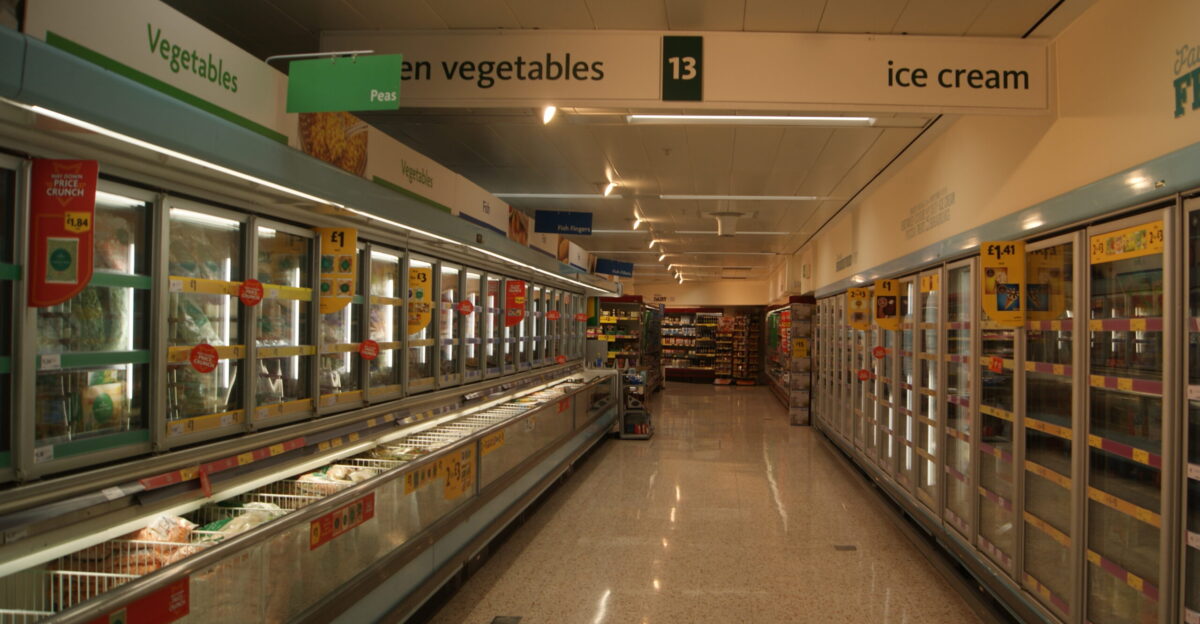
Frozen fruit and veggies are also affected. Countries like Mexico and Canada supply large quantities of these.
While North American trade remains smoother, freezer‑processing plants face ingredient delays, so final retail packs are down. Watch the freezer aisle.
Cereal Choices Shrinking

Breakfast cereals and granolas are also slowing. Many ingredient blends use imported grains or oils, and when those run late, production lines pause.
Expect fewer varieties on shelves, and even big brands may temporarily discontinue slower‑moving flavours.
Baking Goods Drying Up

Baking ingredients: yeast, baking mixes, specialty flours. Again, packaging delays matter here. Yeast often comes in small sachets packaged abroad. If those packets don’t arrive, production halts, and store bins empty.
Pet Food May Vanish Next

Pet food blends often include imported meats or oils. When core ingredients lag, factories prioritize human‑grade food over pet blends. That means brands you relied on for your pets might vanish from shelves without warning.
Don’t Panic Just Prepare
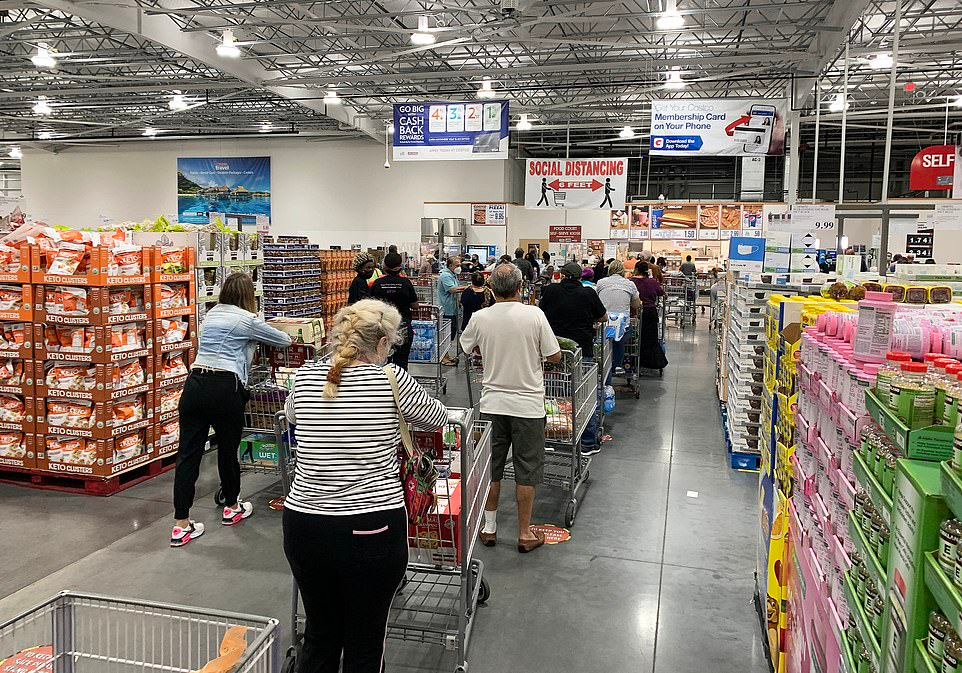
So what now? Watch your pantry, buy reasonable backups, but don’t over‑stock. Alternatives, locally sourced, one‑ingredient products, are currently steadier.
Import‑heavy items are the first to go. Stay aware, but don’t panic: these aren’t full‑scale shortages. They’re more like staggered delays.
